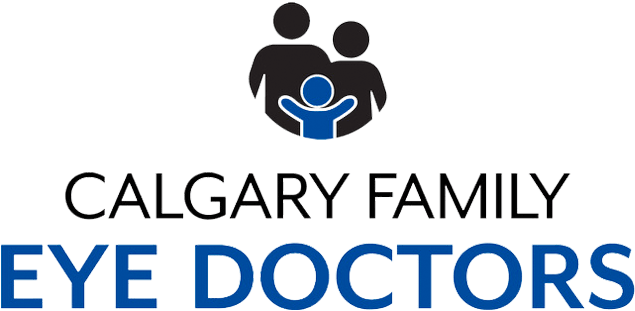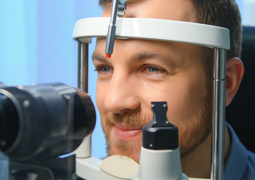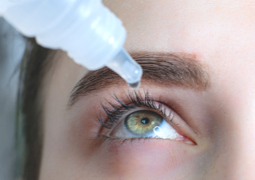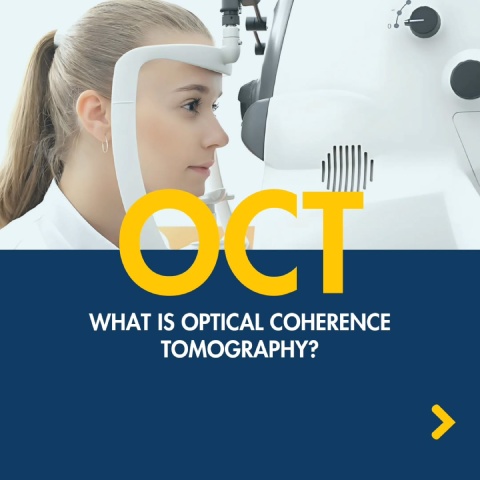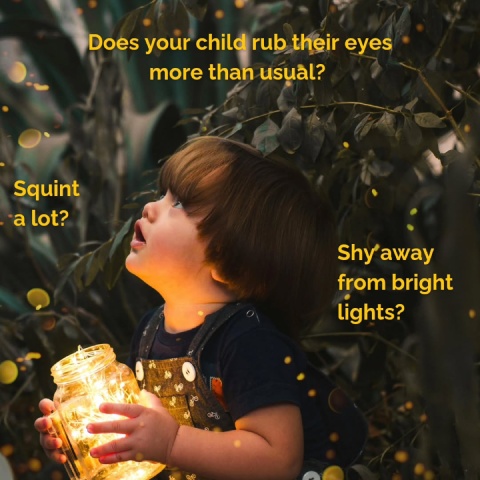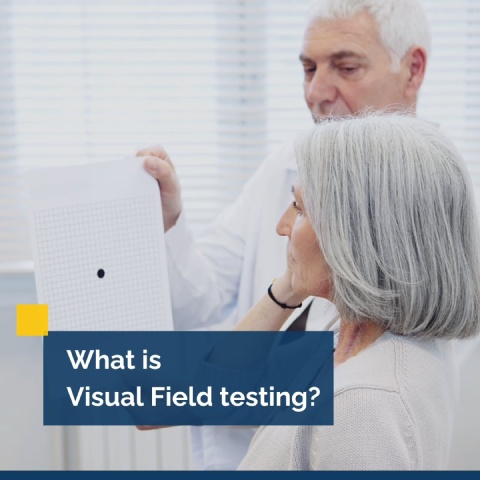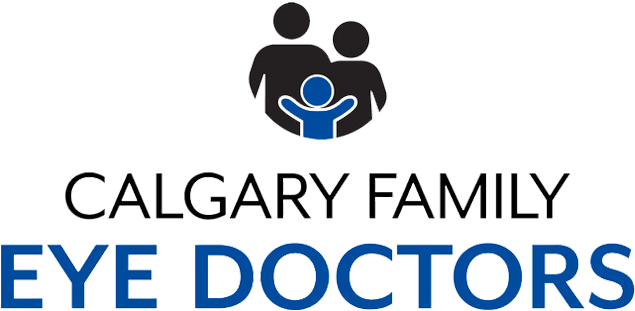Glaucoma is one of the leading causes of blindness; in Canada alone, there are over 400,000 people who suffer from glaucoma. It’s called the “silent thief of sight” because it usually occurs with no symptoms.
What is glaucoma?
Glaucoma is a group of eye diseases that affect the optic nerve. Glaucoma occurs when there is increased intraocular pressure (or IOP) in the eye as a result of improper drainage of fluid. If the eye’s drainage system is working properly, then fluid can drain out; if it becomes blocked the fluid cannot drain and the eye pressure increases. This buildup of fluid and pressure can damage the optic nerve, which can lead to permanent damage and/or vision loss.
Types of glaucoma
Open Angle Glaucoma is the most common type. Open Angle Glaucoma has a progresses gradually, without pain or noticeable vision loss, and affects peripheral vision. Unfortunately, by the time visual symptoms appear, irreparable damage has usually already occurred.
Angle-Closure (or Closed Angle) Glaucoma can start gradually, or it can begin with sudden symptoms such as foggy or blurred vision, halos, eye pain, headaches and even nausea. This is a medical emergency and should be seen immediately, since eye pressure can become extremely high and cause permanent damage within hours.
Normal Tension Glaucoma is another form of Open-Angle Glaucoma, where intraocular pressures (IOPs) remain within the normal range. It is believed that an insufficient blood flow to the optic nerve occurs, causing damage. Pressure in the eye slowly rises and unfortunately, the cornea adapts without swelling. Individuals of Japanese descent, women, and those with a history of vascular disease or low blood pressure are at higher risk.
Congenital Glaucoma is an inherited form that is present at birth. Most babies are diagnosed before they turn one. There are typically some noticeable symptoms such as excessive tearing, cloudiness or haziness, large or protruding eyes or light sensitivity. Surgery will usually be performed with a very high success rate of restoring full vision.
Glaucoma risk factors
While anyone can get glaucoma, the following traits put you at a higher risk:
- Over 60 years of age
- Hispanic, Latino, or Asian descent
- African Americans over the age of 40 (glaucoma is the leading cause of blindness in African Americans, 6-8 times more common than in Caucasians)
- Family history
- Diabetes
- People with severe nearsightedness
- Certain medications (ex: steroids)
- Significant eye injury (even as a child)
Treatment for glaucoma will depend on the type and severity. Medication and drops to lower intraocular pressure are often the first step for controlling pressure-related glaucoma. Surgical procedures are able to control the flow of fluids through the eye by either decreasing the amount of fluid produced or improving the drainage.
The most effective way to treat for glaucoma is early detection and receiving treatment before significant vision loss occurs. This is why awareness, knowing your risks, and having regular eye exams is very important.
During an eye exam, your optometrist will observe the health of the optic nerve, retina, and inspect the drainage angle. They may also use specialized equipment to measure your field of vision, as well as imaging machines to examine the optic nerve and retinal layers.
